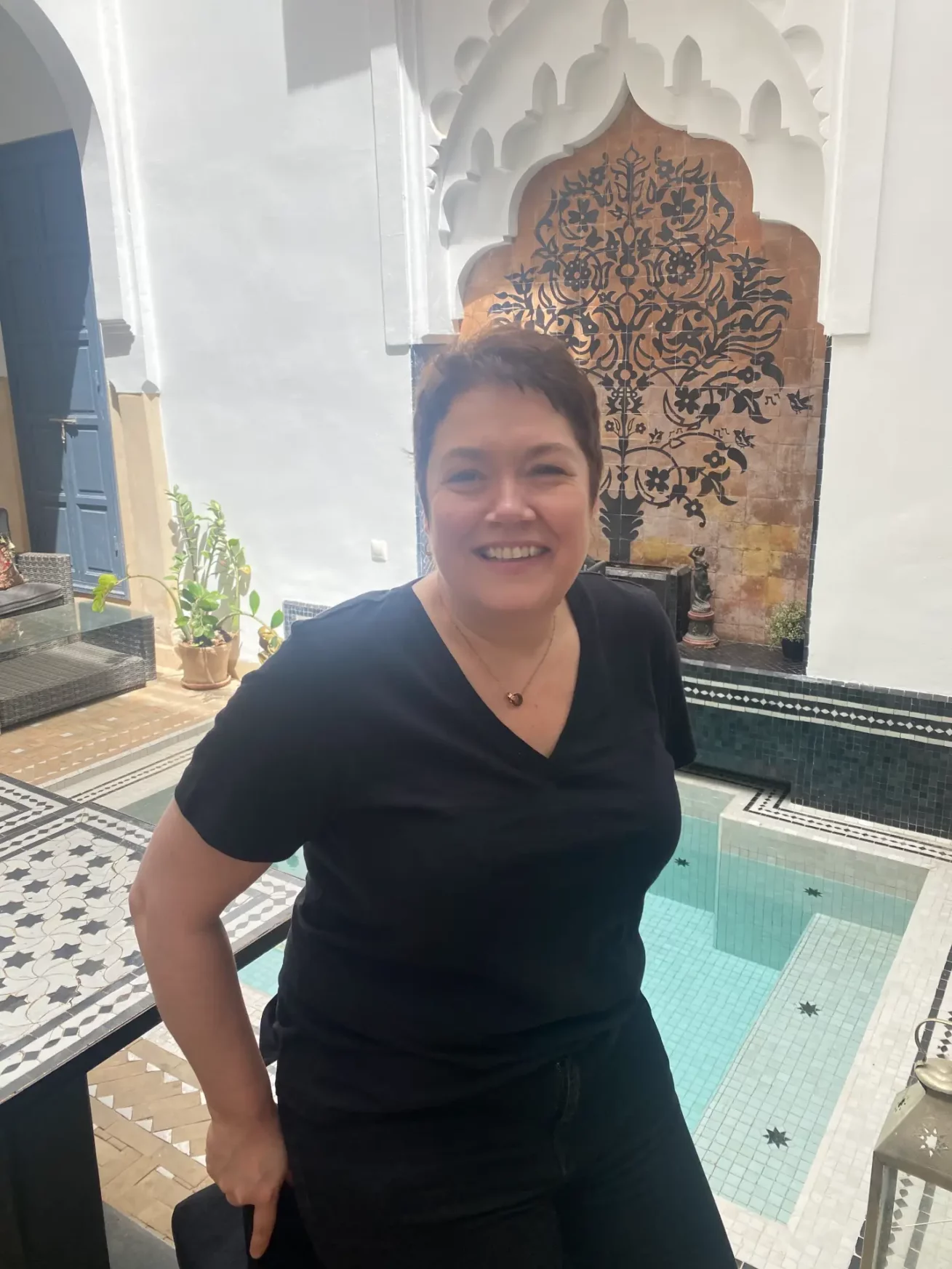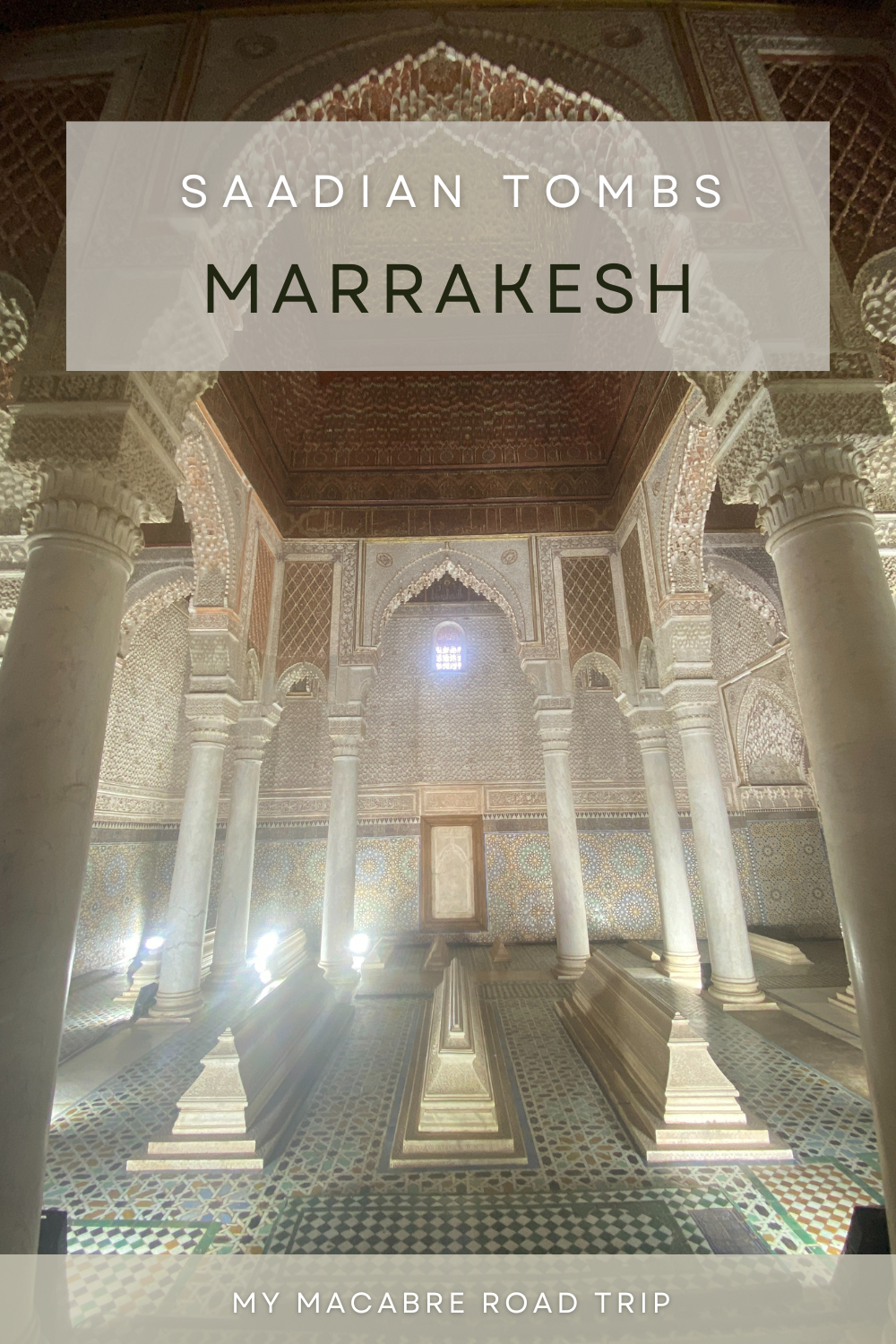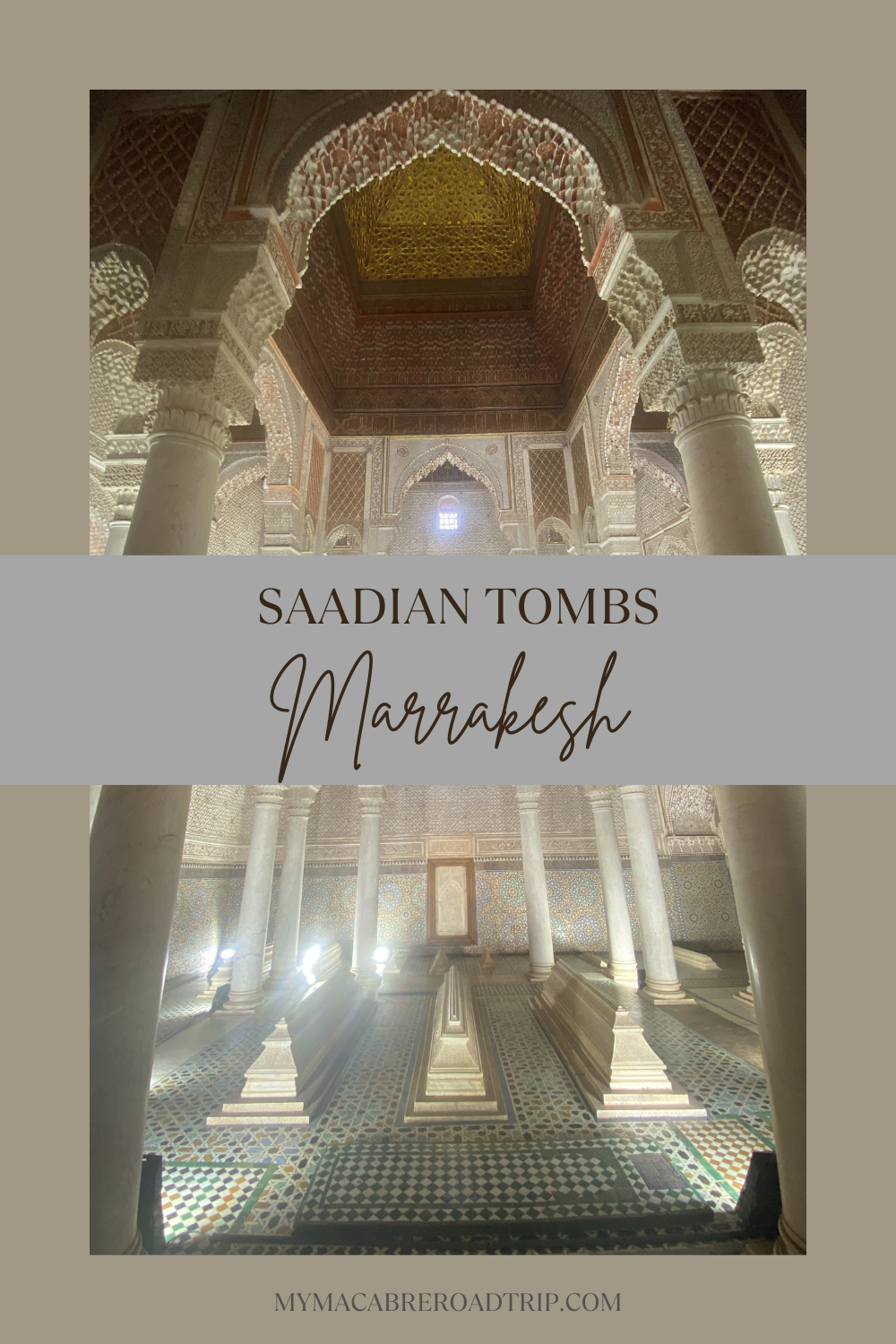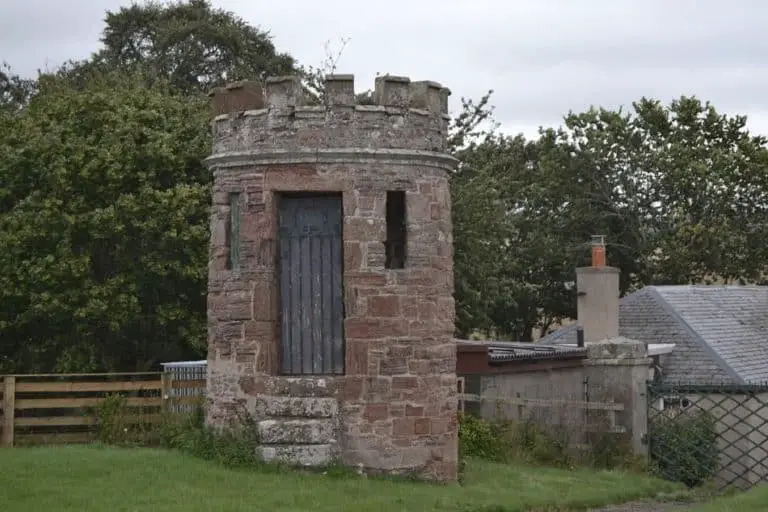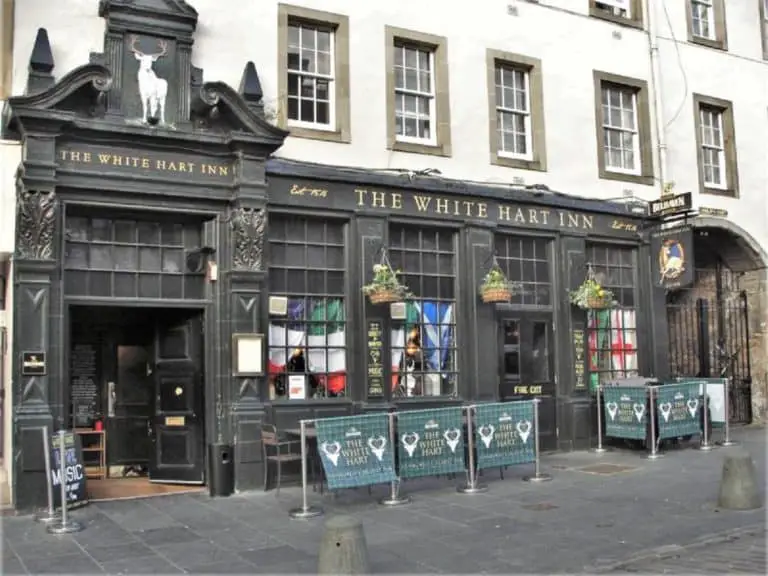Inside the Saadian Tombs of Marrakesh: Morocco’s Historic Necropolis
This site uses affiliate links to sites, including Amazon. If you decide to make a purchase through any links, I’ll earn a small commission from the sale at no extra cost to you. Please read my Disclosure Policy for further information.
Tucked away behind the Kasbah Mosque, the Saadian Tombs in Marrakesh are nearly as hidden today as they were when they were rediscovered in 1917.
A stunning reminder of Morocco’s royal past, the Saadian Tombs – which lie out on a limb in comparison to Marrakesh’s other tourist attractions – form part of the Medina of Marrakesh, a collection of outstanding culturally important monuments located in this UNESCO World Heritage Site.
Now, I’m pretty sure I’m not the only tourist who’s wondered whether it’s really worth the short detour from the famous Jemaa el-Fna Square and the kazoo-like trumpeting of the snake charmers to visit a place many say you’ll only look at for five minutes.
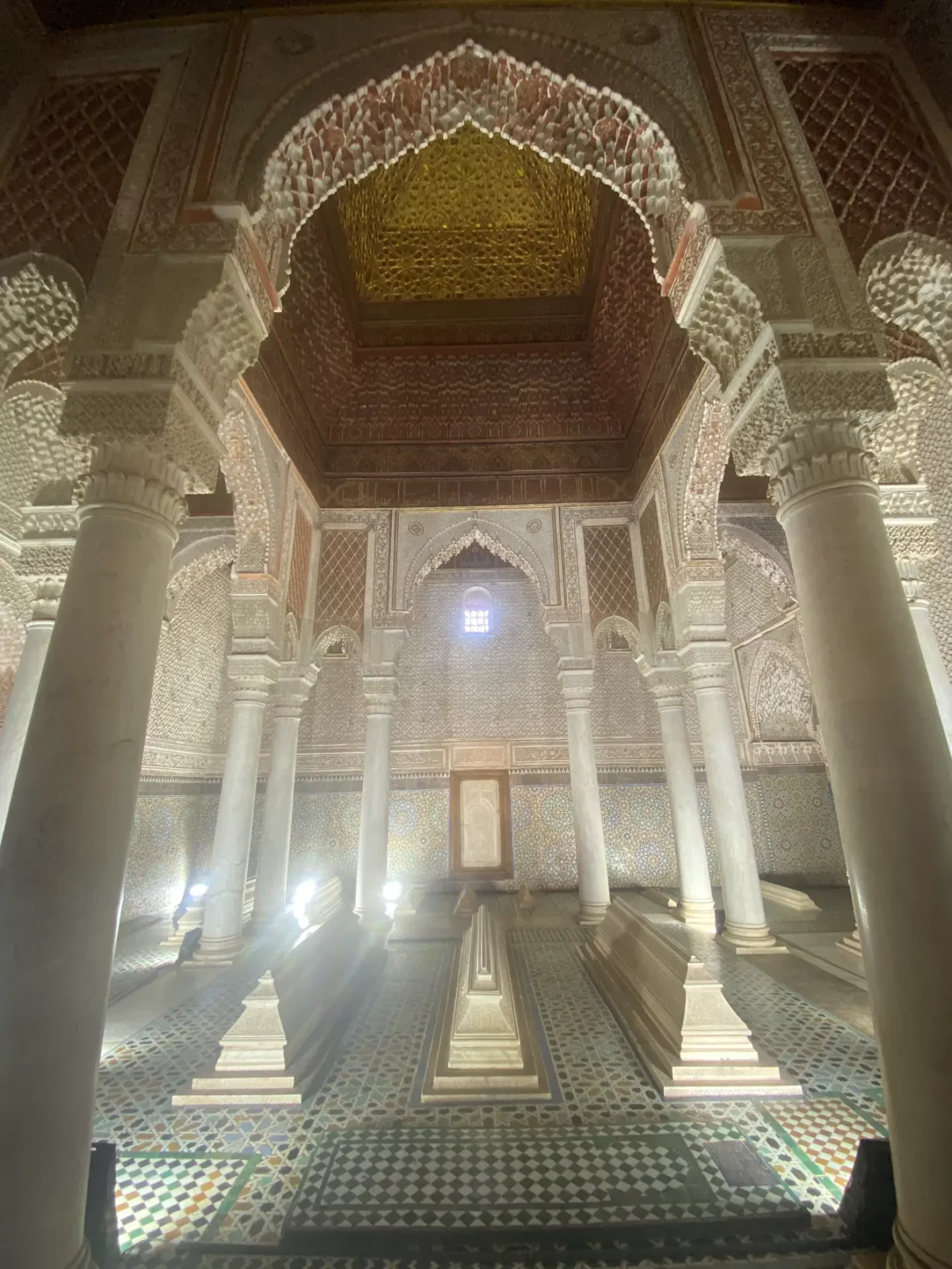
But despite such blistering heat – my trip to Marrakesh in April saw unusually high temperatures of 33℃ – and being utterly worn out from wandering the intricate (and often fragrant) lanes of the city’s famous souks, I couldn’t let my first visit to Morocco pass without seeing the Saadian Tombs.
However brief that might be.
Jump Straight To The Content You're Interested In Here…
- What Are The Saadian Tombs in Marrakesh?
- The Chamber of the Twelve Columns
- Is Visiting the Chamber of the Twelve Columns Worth It?
- The Chamber of The Three Niches
- The Mihrab Hall
- What’s It Like to Queue for The Saadian Tombs?
- How to Get to the Saadian Tombs
- Where I Stayed in Marrakesh
- Is Visiting The Saadian Tombs In Morocco Worth It?
- Save This Saadian Tomb Guide For Later
What Are The Saadian Tombs in Marrakesh?
The Saadian Tombs in Marrakesh are the final resting place of the Saadian dynasty’s rulers and form part of a royal necropolis that remained hidden for centuries until its rediscovery in 1917.
Before their discovery, the tombs had been one of Marrakesh’s best-kept secrets, that was until they were spotted in an aerial photograph taken by the Department of Fine Arts, Antiques, and Historic Monuments who identified the site after a survey of the area.
Despite being in a half ruinous state, and in places appearing beyond repair, conservation work on the site started shortly after discovery and now, despite the haphazard queuing system at the tombs, appears as one of the top attractions in most guidebooks to Marrakesh.
True Crime. Haunted Castles. Nothing Too Cheerful.
Subscribe to Dreadful Times – my newsletter for eerie true crime, forgotten history, and strange places.
You’ll also get a free printable tracker of Scotland’s Grey Lady ghosts — perfect for planning your own macabre road trip.
Talking of guidebooks, I mainly used my Pocket Rough Guide to Marrakesh —a handy little guide under a tenner that fit nicely into my day bag — which describes the survival of the Saadian Tombs being down to one thing: superstition.
According to the guide, the ‘rapacious’ Sultan Moulay Ismail, who plundered Marrakesh in 1672, left the tombs alone for fear that destroying them would bring him bad luck.
Instead, and much to the relief of modern scholars and historians, he sealed off the tombs, blocking access to the sacred site except for one entrance from the Kasbah Mosque.
Honestly, if you visit the Saadian Tombs today, you can still get a sense of how hidden they once were. When I was there, building work was underway at the mosque, and I kid you not – I walked around the site twice trying to find the entrance.
For one of Marrkesh’s top tourist attractions, there was a distinct lack of signage on how to find it.
Not bad for a place that spent 300 years sealed off and forgotten — now it’s got a TripAdvisor badge and a queue round the block.

What Are The Saadian Tombs in Marrakesh?
The Saadian Tombs in Marrakesh are one of Morocco’s most important historical sites. This royal necropolis, hidden for centuries and rediscovered in 1917, is part of a larger funerary complex featuring three main chambers: the Mihrab Hall, the Chamber of the Twelve Columns, and the Chamber of the Three Niches.
The Chamber of the Twelve Columns
No post about Morocco’s Saadian Tombs is complete without mentioning the Chamber of the Twelve Columns — not that you’ll be there long enough to count them – something to do on your photos later perhaps?
I won’t dwell on the Carrara marble columns – yes, there really are twelve – but take it from me (and every guidebook ever written): this is the most lavish chamber you’ll see during your visit.
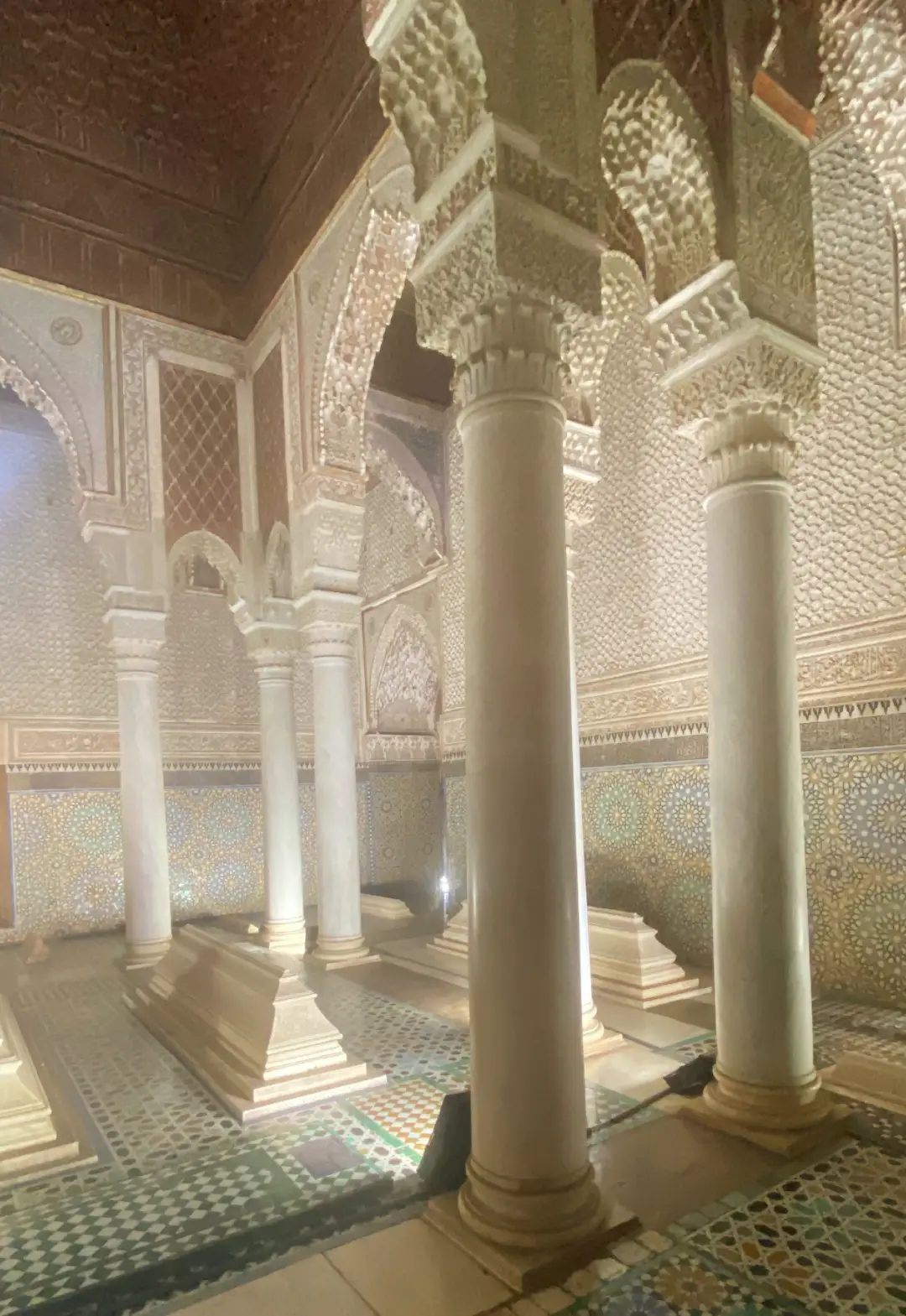
That might sound like I’m downplaying the Saadian Tombs – but honestly, I’d go again in a heartbeat. Just know that you’ll probably spend more time queuing outside than actually viewing the tombs themselves.
The central chamber, flanked by those marble columns, is arguably the most beautiful burial space on the site – and for many visitors, myself included, it’s the highlight of the necropolis.
The twelve columns sit just within the main hall, framing the corners of a smaller inner square where the three principal burials lie.
At the centre is the tomb of Sultan Ahmed el Mansour, flanked on either side by those of his sons and successors.

Top Tip When Visiting The Saadian Tombs
Get your camera ready before you reach the Chamber of the Twelve Columns. You’ll be peering over a wooden barrier, angling for a half-decent shot, all to aware that the people behind you are waiting. I hung back just long enough to film my approach, then grabbed whatever footage I could.
Is Visiting the Chamber of the Twelve Columns Worth It?
Oh my goodness, yes. You absolutely cannot come to Marrakesh, be this close to a World Heritage Site, and not visit — you’ll never forgive yourself.
Besides, there’s a whole host of rooftop bars where you can dissect the experience afterwards… and a particularly nasty ‘fixed price’ shop on Rue de la Kasbah which, if I may be so bold, you’d do well to avoid.
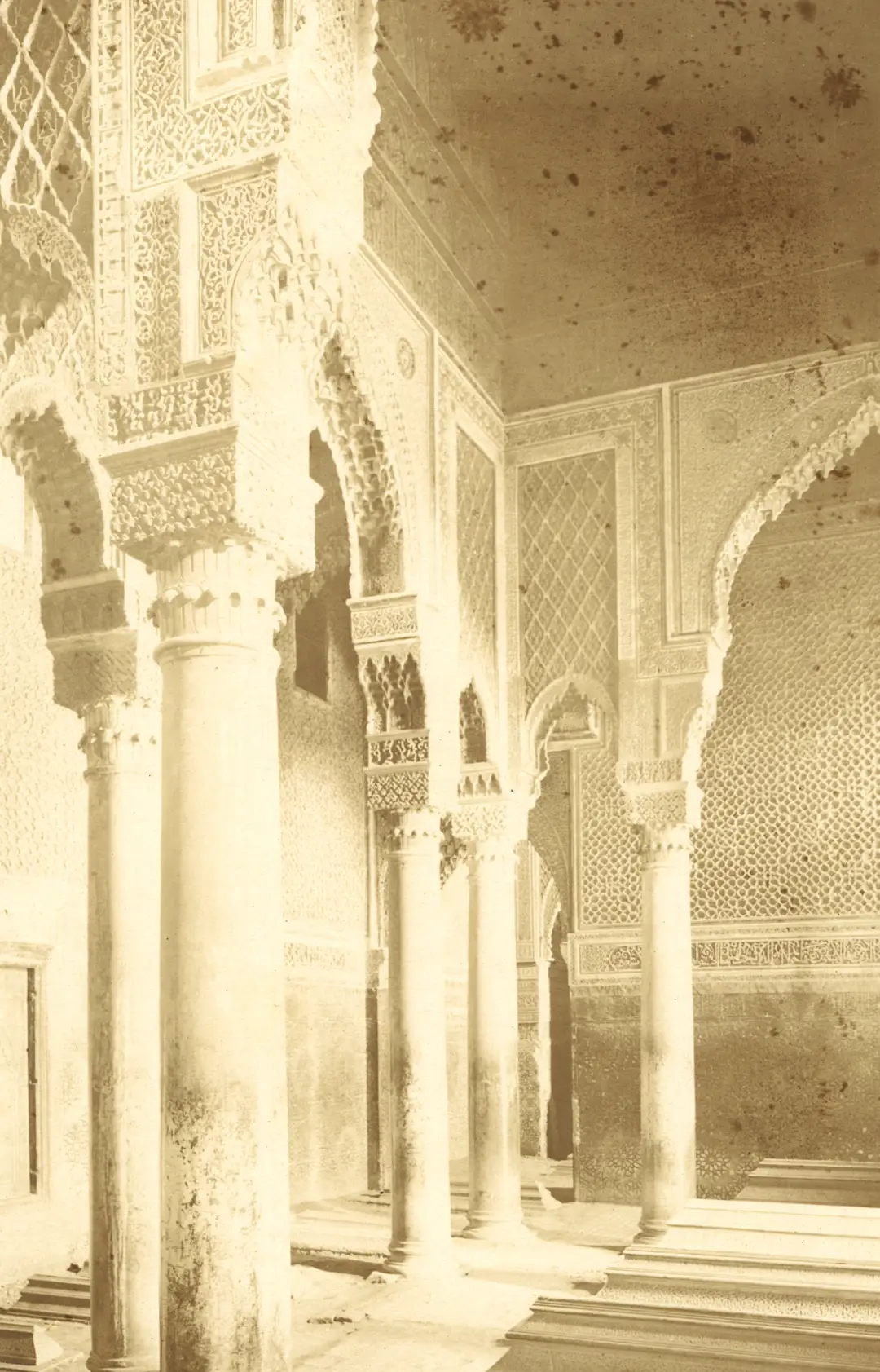
But back to the burial chamber.
Look up. Look around. The carvings and symmetry in this space are stunning. Strategically placed spotlights highlight the geometry and throw light across the walls, which seem to shimmer white and silver.
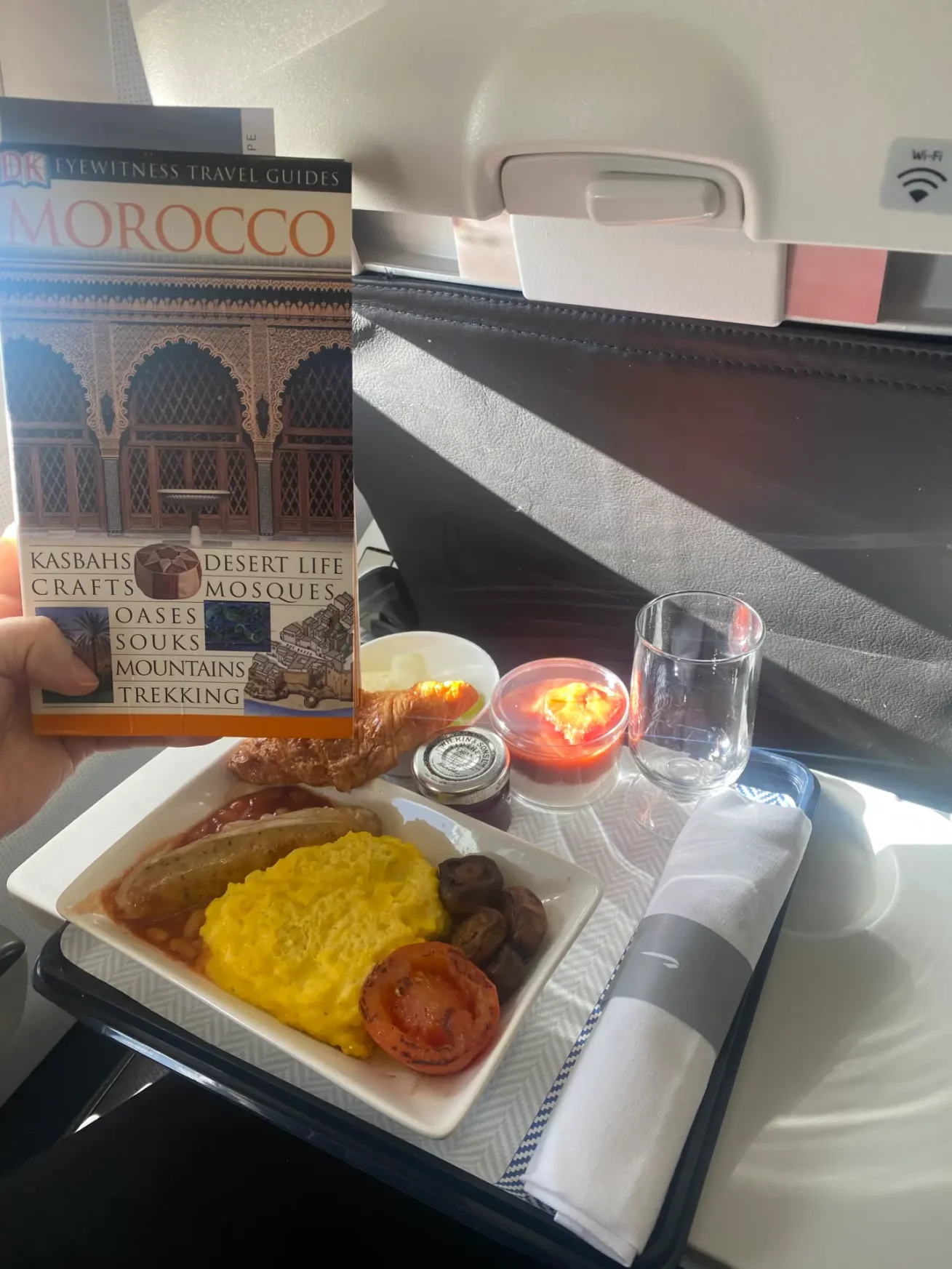
Which Are The Best Guide Books For Marrakesh?
I used two guidebooks during my visit, DK’s Eyewitness Travel Guide to Morocco (this was my brother’s copy from his visit 15 years ago!) and the brilliant Pocket Rough Guide to Marrakesh, which comes with a pullout map and an EBook version included in the price. I also like Lonely Planet’s Pocket Guides.
The soft aqua-blue of the mosaic tiles on the floor adds a kind of surreal calm — and despite the crowds waiting outside, there’s a hush in here that feels strangely sacred.
The walls and ceiling are carved in such intricate detail it’s hard to know where to rest your eyes. If you’ve already been to the Ben Youssef Medersa (and if you haven’t, you really should), the craftsmanship is equally elaborate.
But here, it’s quieter — more contemplative somehow. Maybe it’s the cool white marble.
Maybe it’s the purpose of the room itself.
The Chamber of The Three Niches
Although you can’t access the Chamber of The Three Niches, you can glimpse it if you crane your neck to the right while viewing the Chamber of the Twelve Columns.

This smaller space features intricately carved walls and detailed mosaic work, and while it also houses tombs, they’re smaller and of lower status than those in the central chamber.
The Chamber of the Three Niches is part of the wider funerary complex commissioned by Sultan Ahmed al-Mansour to house the royal dead.
The Mihrab Hall
Brace yourself – because the tombs in the Mihrab Hall are the first you’ll see while queuing for the ‘main event.’
They’re tiny, and I genuinely wondered what I was lining up for when I first caught sight of them.
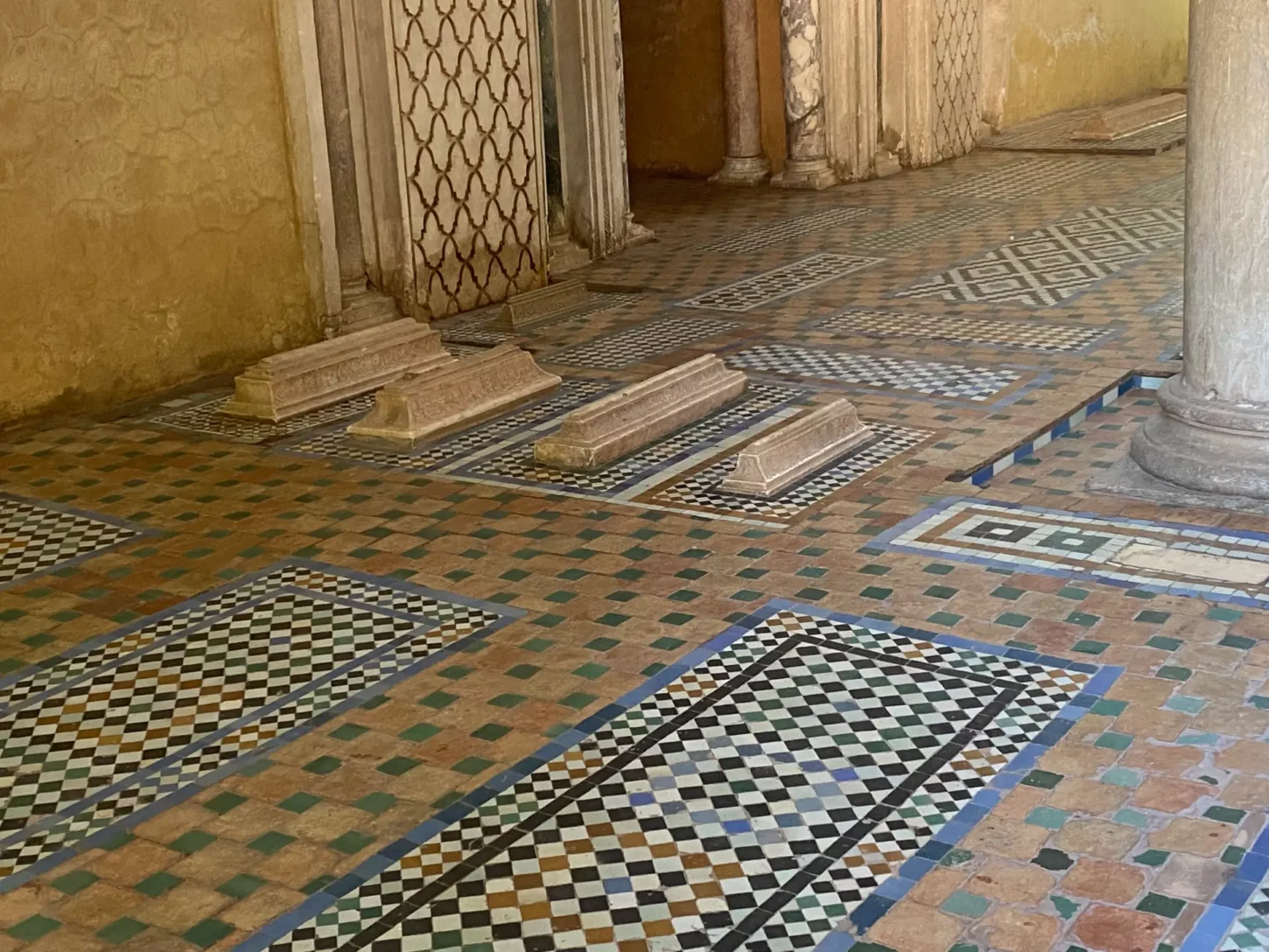
Although now containing a several tombs, the Mihrab Hall was originally a mosque. The graves here include that of Sultan Moulay Yazid, buried in 1792 — from the same dynasty that sealed off the Saadian Tombs centuries earlier.
You’ll pass the Mihrab Hall while queuing. Step out of the line (everyone did when I visited) and take a peek.
At the back of the hall is a classic horseshoe-shaped mihrab resting on four marble columns.

What’s It Like to Queue for The Saadian Tombs?
I visited on a wet Wednesday in March — actually, I didn’t, but that phrase popped into my head as I typed and still makes me laugh…
In all honesty, I visited on a Friday afternoon around 3:30 p.m. and was able to buy a ticket with no wait. At the time (April 2025), it cost 100 Dirhams per person.
I’d read that you should head straight to the main tomb queue when you arrive — you can always wander back through the site afterwards — and I’m glad I did. I think I waited for about 20 minutes, which was fine despite the heat.
Don’t be alarmed when people start pushing through the queue — they’re not skipping the line, they’re just trying to get out.
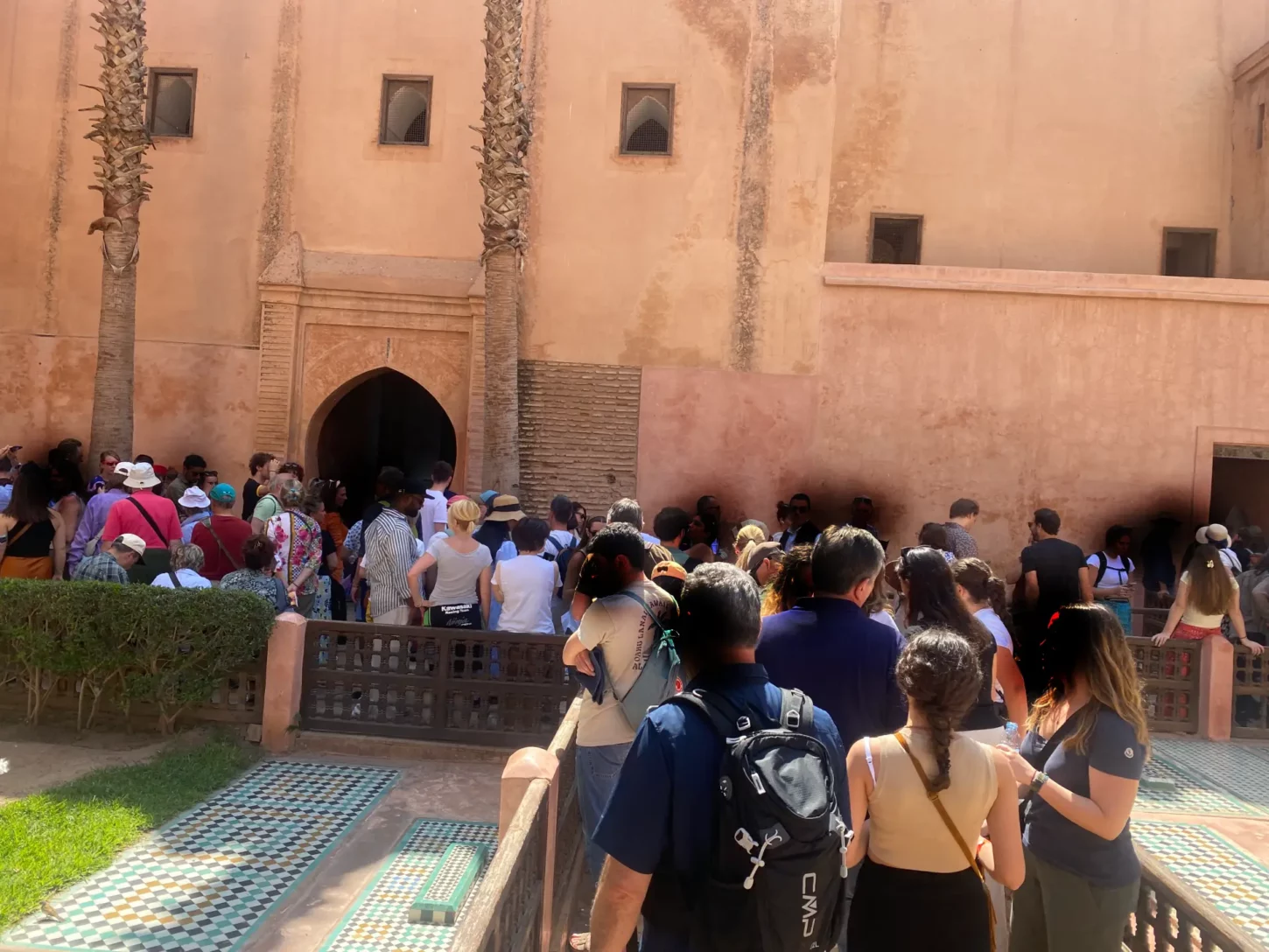
You’ll spot the small “Sortie” or ‘Exit’ sign in the far corner while you wait, and yes, you’ll be doing the same shuffling escape soon enough — so take mental notes on technique.
As you snake your way through the line, you’ll catch a first glimpse of the Mihrab Hall, one of the initial chambers in the West building’s funerary complex.
Top tip – if you get the chance, read the information board on the wall as you pass — it helps make sense of what you’re seeing, and gives you something to do while you wait.
As for the sun, you’ll eventually make it into the shade, but not before standing in full sun for a good while.
There were only two benches that I spotted, and I promptly sat my 81-year-old mum on one with strict instructions to wait until she saw us again from the opposite side of the queue.
How to Get to the Saadian Tombs
There are a few ways to get to the Saadian Tombs, and I probably took the slowest — but honestly, it was also the most atmospheric.
I walked from the medina, through Jemaa el-Fna Square (holding my breath past the horse-drawn carriages — the ammonia smell is something else), past the Koutoubia Mosque and onto La Mamounia for celebratory drinks.
Highly recommend — especially the garden stroll afterwards.
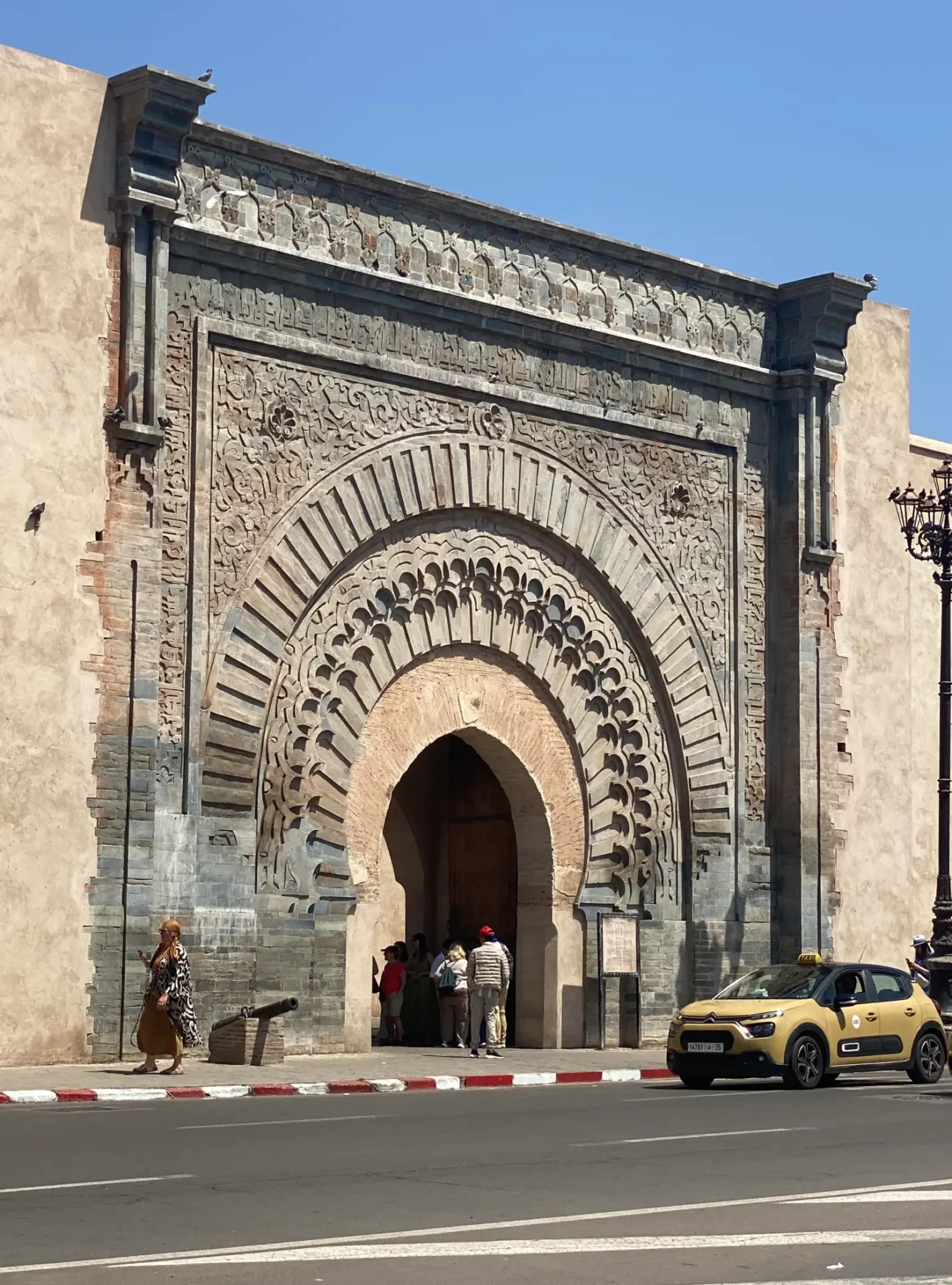
From La Mamounia, we walked about 30 – 40 minutes past the bus station and through Bab Agnaou, the main gate into the royal kasbah and one of Marrakesh’s most iconic entrances.
Once through the gate, turn right and follow the road that winds down to your left. Keep an eye out for Les Bains de Marrakesh, one of the city’s best hammams — if I’d realised I was walking right past it, I’d have booked in advance.
That’s something I noticed generally in Marrakesh: many places, especially restaurants and hammams, are pre-book only, and they fill up fast. If you know where you want to eat or what you want to see, book in as soon as possible to avoid disappointment.
At the end of Rue Bab Agnaou, you’ll spot Kasbah Mosque slightly to your left. That’s your cue to head around the back of the mosque onto Rue de La Kasbah.
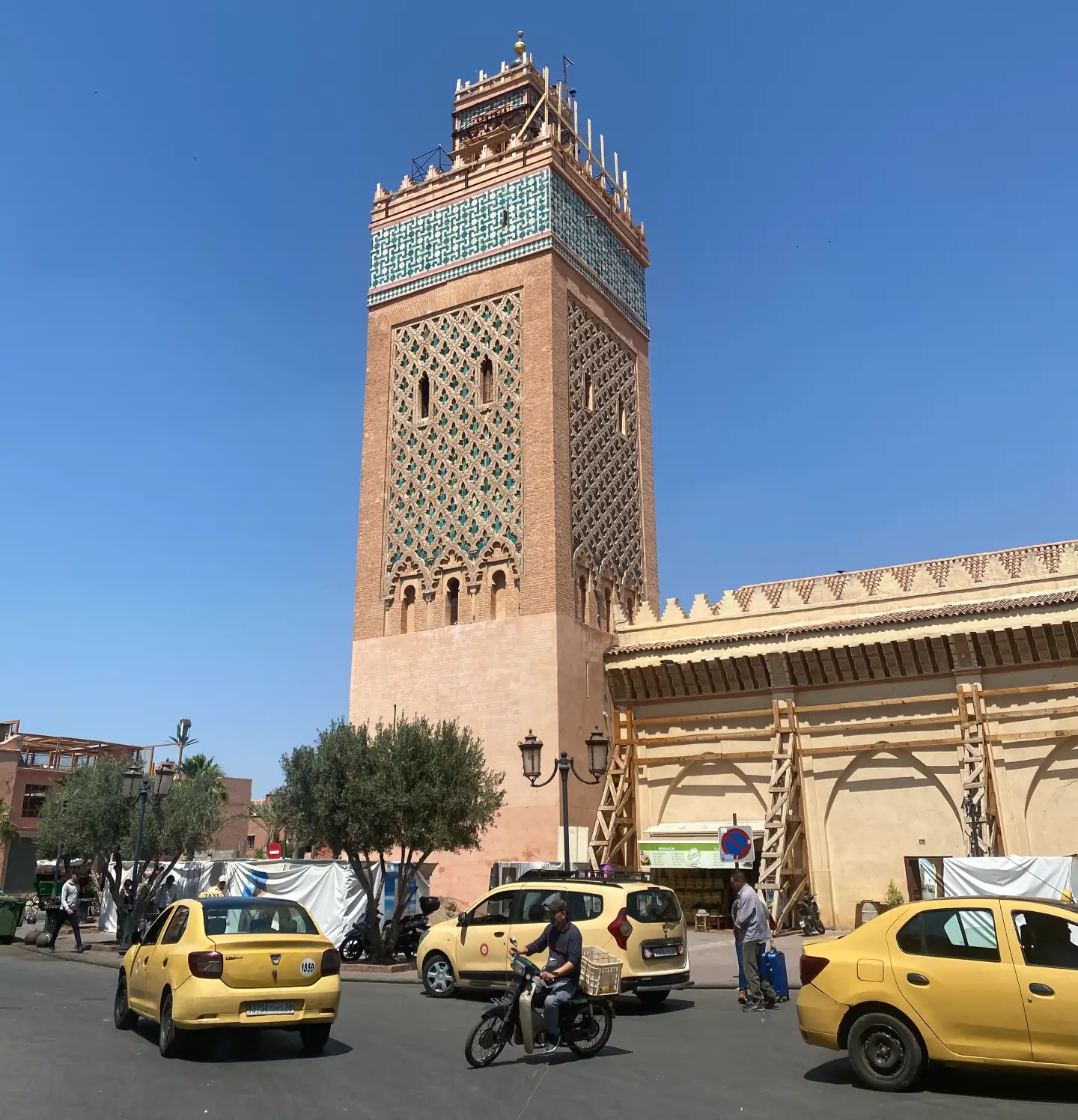
From here, pay attention — it’s easy to miss. Keep the mosque on your right, walk until the road curves left, then veer right down a narrow alley.
I spotted a small archway with a lane off to the right, and had it not been for a helpful local, I’d have missed it entirely — there were no signs up when I visited.
Head down that lane and you’ll find the entrance to the Saadian Tombs at the end.
Getting Back to the Medina
To return to the medina, we hopped in a taxi and asked to be dropped off at Ben Youssef Medersa. We thought we’d agreed on a price beforehand — but just a heads-up, we hit a bit of a snag.
True Crime. Haunted Castles. Nothing Too Cheerful.
Subscribe to Dreadful Times – my newsletter for eerie true crime, forgotten history, and strange places.
You’ll also get a free printable tracker of Scotland’s Grey Lady ghosts — perfect for planning your own macabre road trip.
We were quoted 10 Euros (oddly, the only time we were quoted in Euros during the whole trip). I double-checked, asking for the price in Dirhams, and the driver nodded and said “10 Dirhams.” But when we arrived and handed over our fare, it suddenly turned into 100 Dirhams.
In the grand scheme of things, 100 Dirhams is about £8, so nothing too painful – but it’s worth being aware of this kind of confusion.
Where I Stayed in Marrakesh
One of the must-have experiences in Marrakesh is staying in a riad inside the medina, and we chose Riad Star in the northern part — just around the corner from two fabulous restaurants: Le Foundouk and Le Slimania.
At first, we were a little underwhelmed — there were a few spots that could’ve used a proper clean (shower plug, I’m looking at you) — but honestly, the staff were some of the friendliest people I’ve ever met.
They went out of their way to help us, especially after we had to cancel our original trip in November.
The location was brilliant, and we quickly got our bearings for navigating the souks and main attractions. There’s also a fabulous shop just round the corner — Medersa Art Galerie — where we definitely spent more than we meant to.
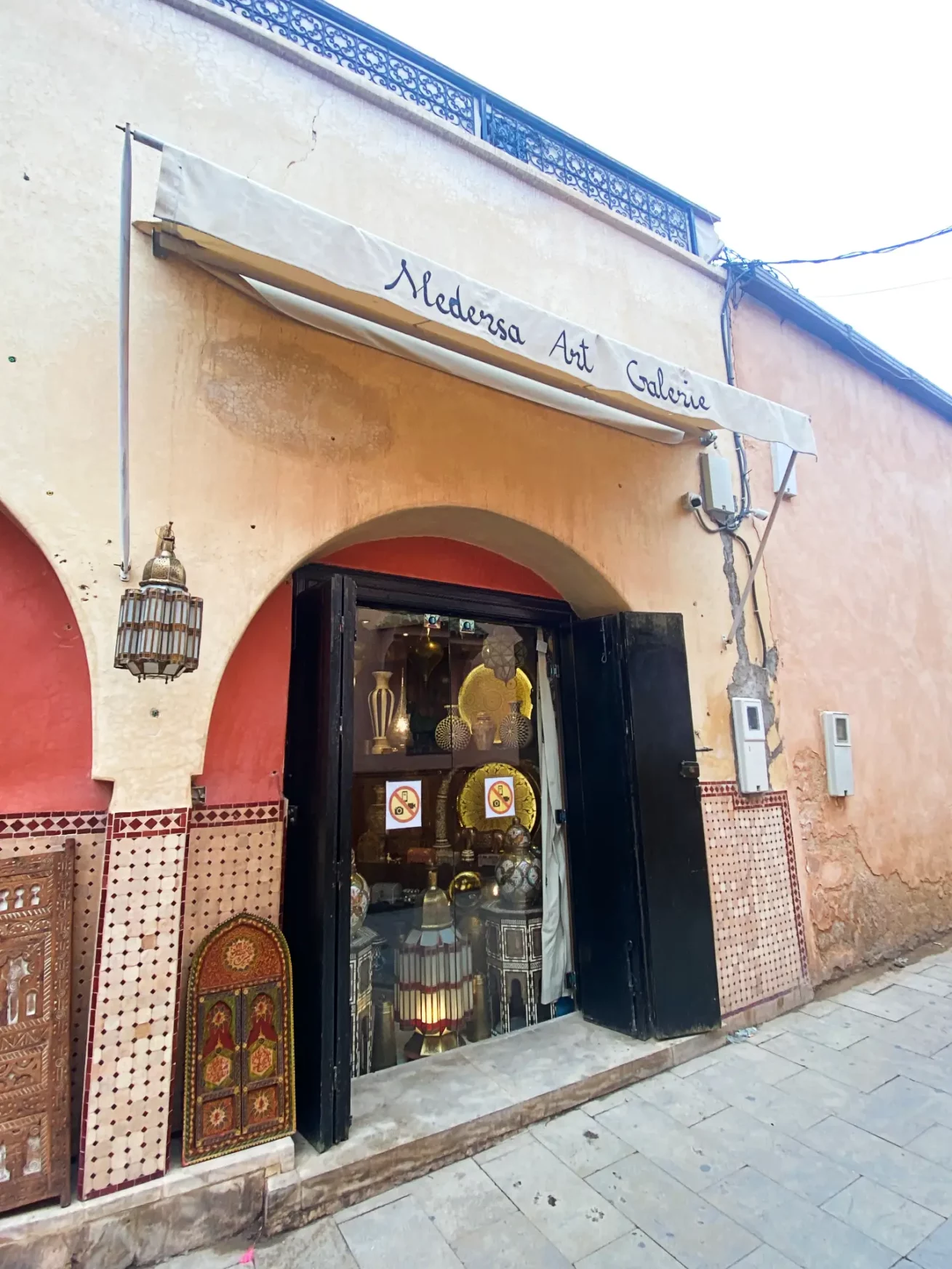
We’d considered extending our stay in a hotel, but after driving past a few on our way to the airport, we were glad we didn’t.
They looked lovely, but they just didn’t seem to offer that authentic Marrakesh experience. I’d absolutely stay at Riad Star again.
Is Visiting The Saadian Tombs In Morocco Worth It?
So, was it worth it — all that queuing, craning, and camera-angling just for a glimpse of the Saadian Tombs?
Absolutely. Even if the entire visit takes less time than the walk to find it, there’s something quietly striking about those marble – dare I say Toblerone-shaped (?) – tombs.
Marrakesh is full of chaos and colour, but here, for just a few minutes, everything stands still.
And sometimes, that’s all you need.


